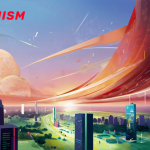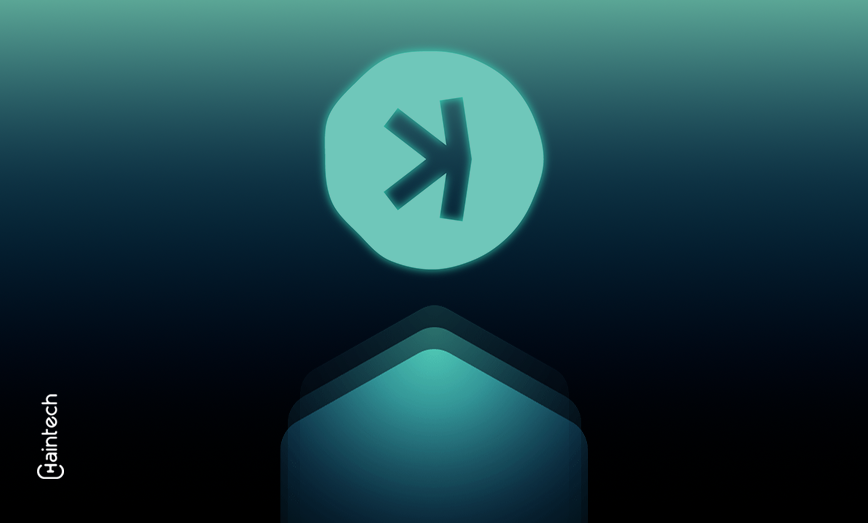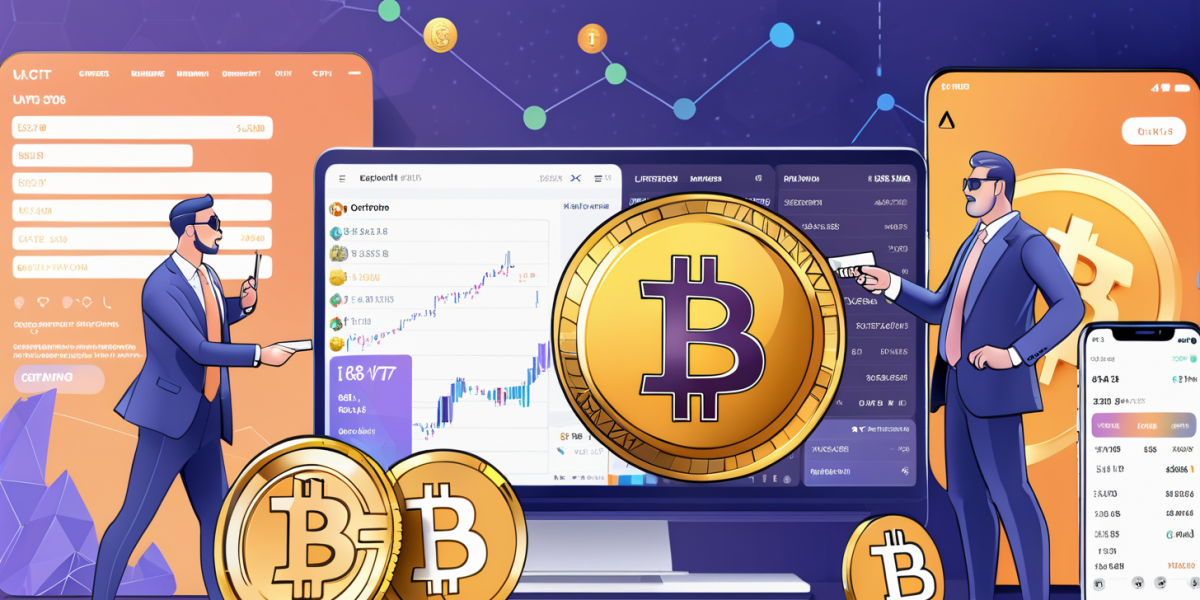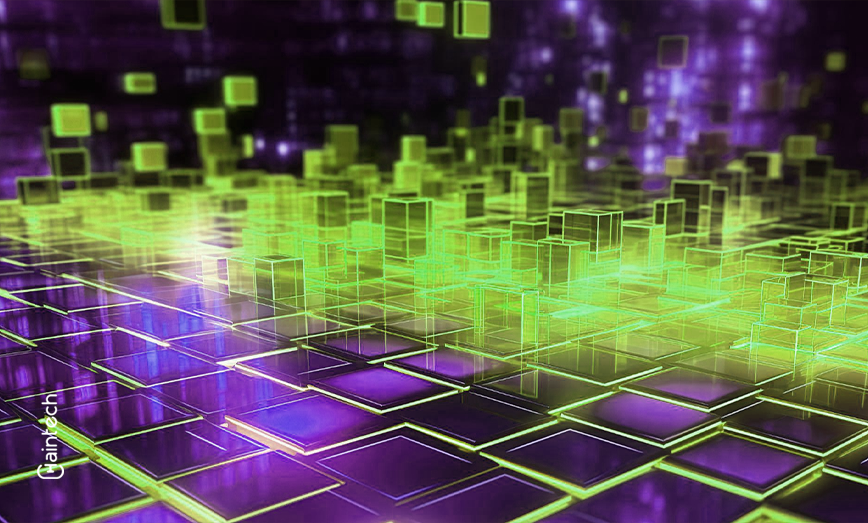What Is the Graph & How Does It Work?
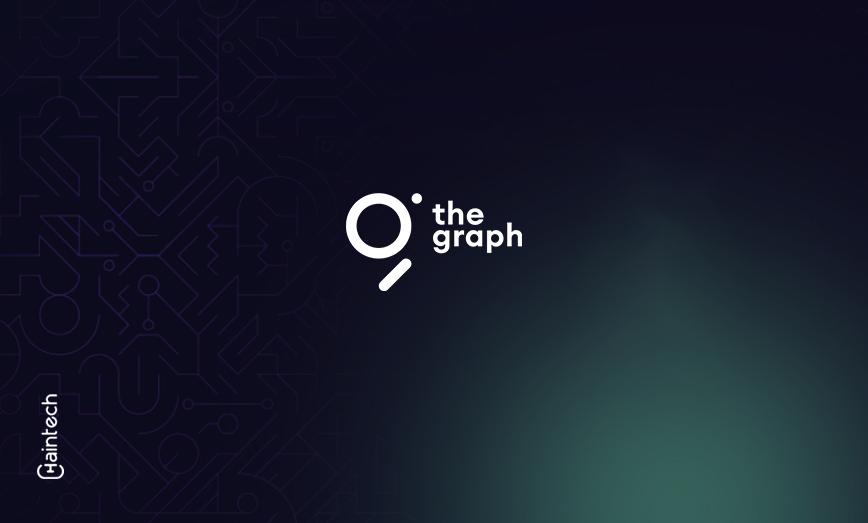
What is the Graph?
The Graph (GRT) protocol transforms blockchain indexing and data access.
Yaniv Tal, Jannis Pohlmann, and Brandon Ramirez founded The Graph to help developers explore Ethereum data.
This protocol makes smart contract and NFT data more accessible. Data from many blockchains can be analysed using the blockchain.
The Graph’s decentralised indexing and search system is unique. Developers can create GraphQL-queryable subgraphs of open APIs with it. These APIs provide data extraction from Ethereum, IPFS, and POA, with additions planned for other networks. A hosted service is being created to simplify The Graph.
Tal was prompted by his own experience with Ethereum dApp creation difficulties. Yaniv Tal and his colleagues established The Graph to construct and deploy the first decentralised indexing and querying software, given the lack of such apps. The team launched it’s mainnet in 2020 to fully decentralise dApps and boost subgraph production. The project aims to make Web3 available to everyone and enable dApp creation without servers or a central authority.
History of Graph
In 2017, the Graph founders noticed a need to increase application developers’ decentralised data access. These needs were not met by current centralised structures.
Several stages shaped the Graph. First, the team designed and implemented the protocol. It emphasised developer usability and data decentralisation. The team then sought funds to grow its project. The company raised $25 million from prominent investors.
After funding, the team built and launched its platform in October 2020. The first public sale of GRT sold only a small portion of the total supply.
The team concluded with it’s adoption and growth. It increased users and encouraged developers to use the protocol in decentralised apps. The Graph has grown rapidly since its launch, proving its data access solution for decentralised environments is relevant.
It is significant in decentralised applications and blockchain nowadays. Developers worldwide may access decentralised data quickly and securely.
How does the Graph work?
The Graph protocol is becoming more important in the crypto economy as DeFi (decentralised finance) grows. Developers and network participants can utilise public and open APIs to build dApp subgraphs, query, index, and gather data using it’s protocol. The Graph’s hosted service handled 20 billion requests in April 2021.
Network participants organise data using the blockchain database, which the Graph Node scans. Developers and network participants can pay for subgraph use and creation with GRT tokens. Developers can define data structure for dApp use by indexing it. Indexers offer a decentralised query market where users pay GRT for network services.
Delegators, indexers, and curators support the network by curating and indexing for GRT tokens. This motivates market participants to improve APIs and give accurate data. A gateway lets consumers query subgraphs and pay network participants in GRT tokens on the Graph Network. Node operators stake GRT tokens to index and query in the Graph network structure. Users can build and use apps on Ethereum, IPFS, and PoA using GraphQL. More networks should be available soon.
What is a GRT token?
The Graph network relies on the GRT token to compensate for decentralised blockchain data indexing and querying contributors. Here are its main features:
1. Rewards and Incentivization
The GRT cryptocurrency rewards network contributors, including node operators, developers, and curators.
2. Node Operators:
These individuals index network data, which is crucial. They receive GRT tokens for answering customer requests.
3. Developers:
Developers receive GRT tokens for creating ecosystem-enhancing subgraphs and apps. Subgraphs are open APIs for blockchain data queries.
4. Curators:
Curators improve subgraphs to ensure data accuracy and reliability. They receive GRT tokens for their work.
5. Management and governance:
GRT tokens control the network. GRT token holders can vote on network improvements by staking them. The decision-making power increases with token stakes.
6. Fixed Supply:
The GRT token supply is 10 billion. Through Proof of Stake, this supply is allocated progressively, promoting network involvement.
7. Staking:
Token holders can stake GRT tokens for network governance. They can vote on proposals and earn rewards by staking, encouraging network development.
Features of The Graph
Decentralised Finance:
DeFi protocols like DEXs, lending platforms, and automated market makers use real-time data from the Graph. This ensures platforms run smoothly and reliably.
Gaming:
By making in-game asset data accessible, it helps create decentralised gaming platforms and marketplaces. This streamlines developer-player interaction in the game ecosystem.
Decentralised ID:
The Graph verifies and authenticates blockchain identities. It secures decentralised identities by effectively indexing and retrieving data.
Integrating DeFi:
Many DeFi projects query and analyse blockchain data using it. This connection improves platform efficiency and stability, improving user services.
NFT Markets:
NFT marketplaces use the Graph to update token ownership, provenance, and transaction history. This makes digital asset transactions and ownership transparent and trustworthy.
Decentralised social networks:
Graph indexes and retrieves user-generated content for decentralised social networks. This allows censorship-resistant communication and content exchange, making social media more open and decentralised.
Pros and Cons of Graph
Pros of Graph
Connection between dApps and Blockchain Data:
The Graph connects dApps to blockchain data. It simplifies blockchain data searching, helping developers find what they need.
Efficient Application Development:
The Graph improves application development with a robust indexing technique. Data retrieval is rapid, helping developers build and deploy dApps faster.
Large Index of Useful Blockchain Data:
The platform provides a large index of blockchain data. Having access to a large data source helps developers create varied apps.
Efficient Data Processing Capabilities:
High-performance indexing and querying ensure efficient data processing in the Graph. Many real-time blockchain applications demand this efficiency.
Versatility in Application Building:
The Graph can develop DeFi and NFT apps. Developers in many blockchain sectors benefit from its adaptability.
Cons of Graph
Limited Interoperability:
The Graph has limited platform interoperability. Its adoption across blockchain ecosystems may be limited by this constraint.
External Data Sources:
The platform indexes and queries external data sources. This reliance may compromise data accuracy and availability, affecting the Graph application’s reliability.
Limited Adoption and Awareness:
The Graph is becoming more popular, but it still has adoption and awareness challenges. Many potential users and developers may not know its capabilities, which can hinder its uptake and inclusion into mainstream blockchain development.
Is the Graph (GRT) crypto a good investment?
Due to the volatile and uncontrolled nature of the digital currency market, investors should thoroughly grasp The Graph’s (GRT) usage, adoption, and hazards before investing.
Since its December 2020 introduction, the GRT cryptocurrency has increased in popularity. GRT, like other cryptocurrencies, requires considerable research before investing.
Consider GRT’s application while assessing its financial potential. GRT helps developers build decentralised apps by making blockchain data easy to access and index.
The Graph Network is supported by Uniswap, Aave, and Compound. Future demand for the platform should improve. Also, consider the workforce. The Graph’s founder has substantial blockchain knowledge, and the company has successfully executed its aims.
Major venture capital firms have funded the team, indicating they can continue developing the Graph Network. Digital currency investing is attractive, but you must grasp the hazards. GRT’s value is volatile and speculative.
Since the Bitcoin sector is uncontrolled in many countries, regulatory considerations must be considered. As with any investment, thorough research is required.
Conclusion
With its revolutionary data indexing and querying, the Graph (GRT) is making waves in blockchain and cryptocurrencies. DeFi and Web3 applications need its decentralised, efficient solution to grow. The Graph has great potential to improve blockchain data accessibility and utility, despite its hazards. The Graph is positioned to shape the future of blockchain.


